Mercedes AdBlue Problems
If you drive a modern Mercedes-Benz equipped with a BlueTEC diesel engine, you’ve probably seen the “AdBlue System Malfunction” or “AdBlue Fault See Owner’s Manual” message at some point.
This warning is part of the Selective Catalytic Reduction (SCR) system that reduces NOx emissions using AdBlue (Diesel Exhaust Fluid).
However, when something goes wrong, the system can trigger performance limitations, starting restrictions, or even limp mode.
This guide brings together expert case studies, fault-specific solutions, and proven diagnostic steps to help you understand, repair, and reset AdBlue system problems like a professional Mercedes technician.
Common AdBlue Problems in Mercedes-Benz Vehicles
- – AdBlue system malfunction message: Often caused by delivery pump faults, blocked lines, or incorrect pressure in the dosing system.
- – “AdBlue system fault see owner’s manual” warning: Typically triggered by failed sensors, defective NOx sensors, or control unit issues.
- – AdBlue not resetting after refill: Caused by failed reset procedures, incomplete SCR readiness, or faulty level sensors.
- – AdBlue freezing in cold weather: The heater inside the tank or dosing unit can fail, preventing proper injection.
- – AdBlue consumption too high or too low: Indicates injector or line blockage, or an incorrect NOx sensor reading.
- – Countdown warning (engine start limitation): Appears when the system detects persistent faults or missed resets.

Symptom – Cause & Fix Table
| Symptom | Likely Cause | Recommended Fix |
|---|---|---|
| “AdBlue System Malfunction” message | Delivery pump not building pressure | Check pump operation, replace if faulty |
| “AdBlue System Fault See Owner’s Manual” | Fault in AdBlue control unit or sensor wiring | Diagnose with XENTRY; repair harness or replace module |
| AdBlue level not detected | Level sensor stuck or contaminated | Clean or replace tank sensor unit |
| Countdown warning “Starts remaining” | Fault not cleared in SCR system | Perform guided test, reset AdBlue counter with XENTRY |
| AdBlue freezing during winter | Heating element malfunction | Replace tank heater or dosing module |
| Excessive AdBlue consumption | NOx sensor or injector fault | Replace defective NOx sensor or dosing valve |
| Unable to reset after refill | Incorrect reset process or persistent DTCs | Perform correct reset sequence and clear codes |
Diagnostic Process Overview
Mercedes AdBlue systems are sophisticated each component communicates via CAN and LIN networks. A structured diagnostic approach is essential:
- 1. Perform a Quick Test: Scan for fault codes using XENTRY Diagnosis or a compatible diagnostic tool.
- 2. Check Live Data: Monitor AdBlue tank level, pressure, dosing frequency, NOx sensor readings, and SCR temperature.
- 3. Perform System Tests: Run “AdBlue delivery pump test” and “pressure build-up test” from the control unit menu.
- 4. Visual Inspection: Examine AdBlue lines for crystallization or leaks near the injector and pump module.
- 5. Check Power Supply & Wiring: Verify voltage at the AdBlue pump and heater connectors.
- 6. Reset AdBlue System: After repairs, perform a guided reset through XENTRY or follow the manual reset procedure if available.
Case Studies by Subtopic
AdBlue System Malfunction: Full Repair Guide
A complete diagnostic walkthrough showing how a Mercedes-Benz with an AdBlue malfunction message was restored covering pump pressure checks, SCR line inspection, and module testing.
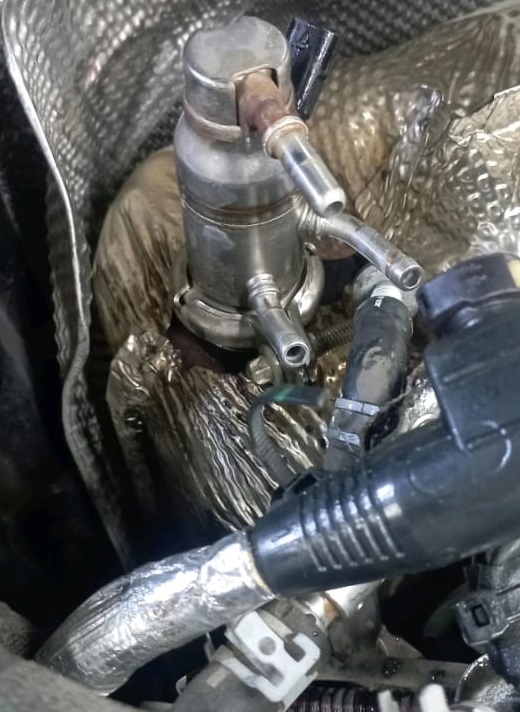
AdBlue System Fault – See Owner’s Manual Mercedes
A step-by-step case study on diagnosing an OM651 engine with a persistent system fault. Includes fault code interpretation, AdBlue pump replacement, and final system validation.

AdBlue Reset Mercedes: A Step-by-Step Reset Guide
Covers error code P13E400 and P13DF00, explaining how to properly reset the AdBlue system after refill or repair using XENTRY or manual reset techniques.

Prevention & Maintenance Tips
- – Use genuine AdBlue fluid (ISO 22241-1 compliant) to prevent crystallization or clogging.
- – Avoid letting the tank run dry refill before the 2,400 km countdown begins.
- – Inspect the filler cap and sealing area for dust or debris that could contaminate sensors.
- – Perform periodic SCR system checks with a diagnostic tool, especially before long trips.
- – Park in sheltered areas during freezing weather to prevent AdBlue from crystallizing.
- – Record fault codes before clearing them valuable for trend diagnosis and maintenance history.
FAQs: Mercedes AdBlue Problems
1. What happens if I ignore the AdBlue warning?
Ignoring it can eventually lead to a no-start condition, as Mercedes limits engine starts once the countdown ends.
2. Can I drive with an AdBlue fault?
Yes, but with limited performance. It’s best to diagnose and repair immediately to avoid limp mode or further SCR damage.
3. How do I reset the AdBlue warning after refilling?
If no faults are stored, the system resets automatically after driving for a few minutes. Otherwise, use XENTRY or manual reset steps outlined in our AdBlue Reset Mercedes Guide.
4. What’s the lifespan of AdBlue fluid?
Usually 12–18 months depending on storage temperature. Replace old fluid to prevent deposits in the SCR system.
5. Can AdBlue damage my engine?
Not directly but system faults or injector leaks can lead to derated performance and increased emissions.
Related Hub Links
– Mercedes No Start Issues: Causes, Fixes & Case Studies
– Mercedes Transmission Issues: Causes and Fixes
– Mercedes-Benz Suspension Issues : Symptoms, Causes & Fixes
– Mercedes Cooling System Problems Guide: Troubleshooting
– Mercedes AC and Climate Control Problems
Author Bio
Mercedes Expert is an automotive technical trainer and Mercedes-Benz diagnostics expert with extensive hands-on experience in XENTRY, DTS Monaco, and advanced system troubleshooting. He specializes in transforming real workshop case studies into structured learning content to help technicians, car owners, and enthusiasts understand complex vehicle systems.
Follow more technical guides and training resources on Mercedes Assistance.

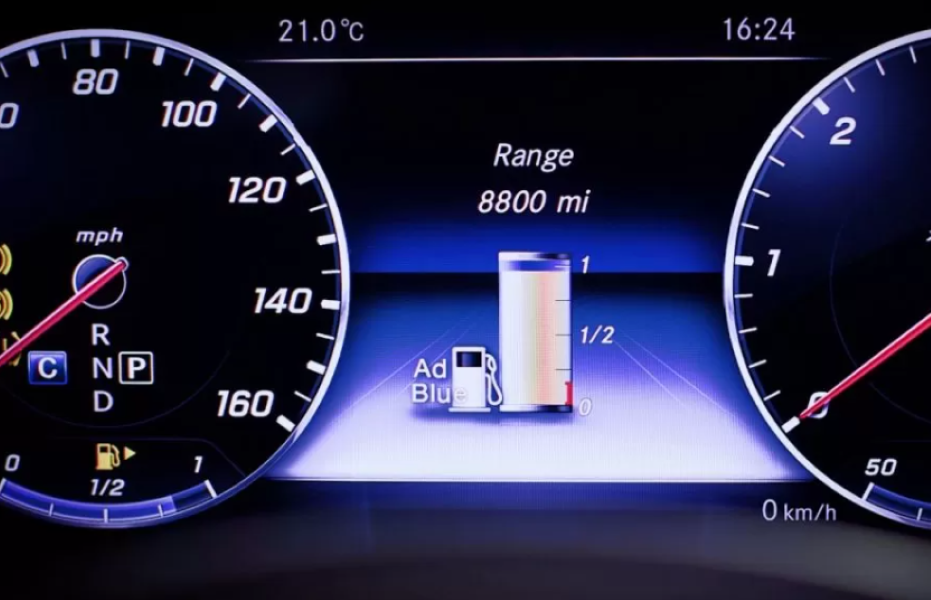
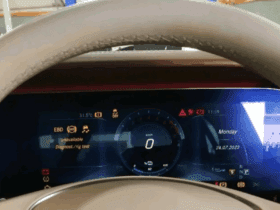
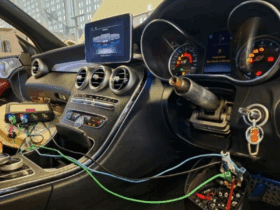
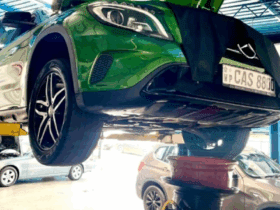
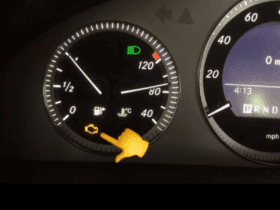
Leave a Reply